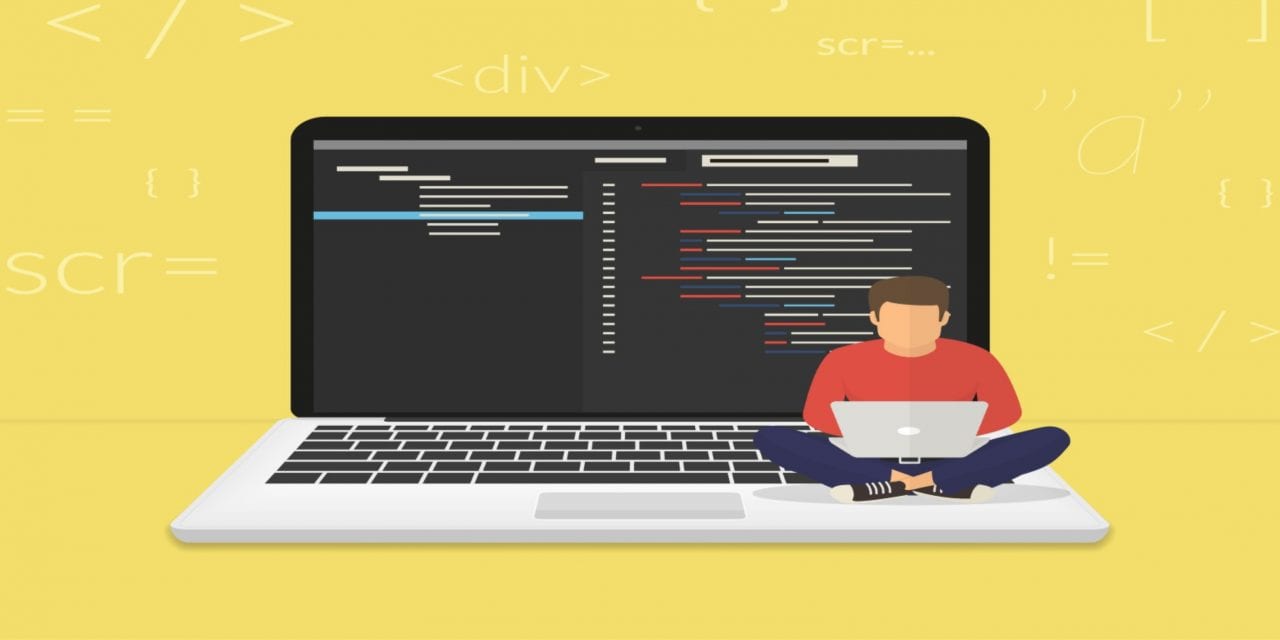Can call alert activity data identify a resident’s care level?
By Susan Saldibar
Can call alert activity data identify a resident’s care level?
If you think that sounds a bit like the title of a post-grad research project, you’d be spot on. It came out of the University of Victoria in British Columbia. I spoke recently with Jacquie Brennan, Vice President of Operations for Vigil Health Solutions (a Senior Housing Forum partner). Vigil was, in fact, the organization the grad student approached for the project.
This doesn’t surprise me at all. Having spoken with Jacquie, Steven Smith, VP of R&D, and President Troy Griffiths, it isn’t hard to notice their love of creativity and innovation. And they have always been open to partnering with other innovators to build better solutions for senior living communities.
Looking for correlations and finding a possible application. Not bad for a research project.
In this particular case, the UVic grad was working with professors in the areas of AI and machine learning. Vigil allowed them access to six sites of anonymous data, which they culled through, looking for patterns and possible correlations between the assigned level of care and actual call activity. And they did find a correlation, although Jacquie noted that more work is needed to determine the scope and level of that correlation.
Interestingly, though, the grad student and professors did identify a possible application: use the data from the call system to identify residents who may be at the wrong care level. Actually, that could be pretty useful backup data for those conversations with families when their loved ones need to move to a higher level of care.
Is this AI at work? Who cares? We need more of this kind of thinking!
All in all, this is pretty interesting stuff. And it fits with what Jerry Billman, Vigil’s Business Development Officer, told me recently about his experiences using Vigil when he was an ED at an AL community. “Many adult children aren’t familiar with mom’s movement patterns and habits, when they admit her into an assisted living community,” Jerry told me. “That’s where the Vigil system helps, by monitoring things like bed restlessness, etc. We often discover issues that the family wasn’t aware of. For instance, that restlessness could be the result of frequent bathroom visits meaning a possible urinary tract infection. If it happens in the evening, maybe it could be a sign of cognitive issues. Either way, it can be checked out and treated,” he said.
Could you label this as AI and/or machine learning at work? Maybe not quite yet, according to the folks at Vigil. But it’s the kind of thinking we need in this industry. And it ushers in a new level of thought as to how the data emanating from systems, such as Vigil, could be used in bold, new ways to add a higher layer of intelligence to how we determine and administer to changing care levels. And, as Jacquie suggested, you can imagine how much richer the data might be if, for instance, it was integrated with an EMR system.
Regardless of how you label it, it’s cool to see post grads seeking solutions to guide a higher quality of care for residents. And it’s just as cool to see organizations like Vigil ready and eager to be part of those solutions.
For more information about Vigil Health Solutions, you can visit them on the web:
Download a PDF copy of this article by clicking on the button below:









